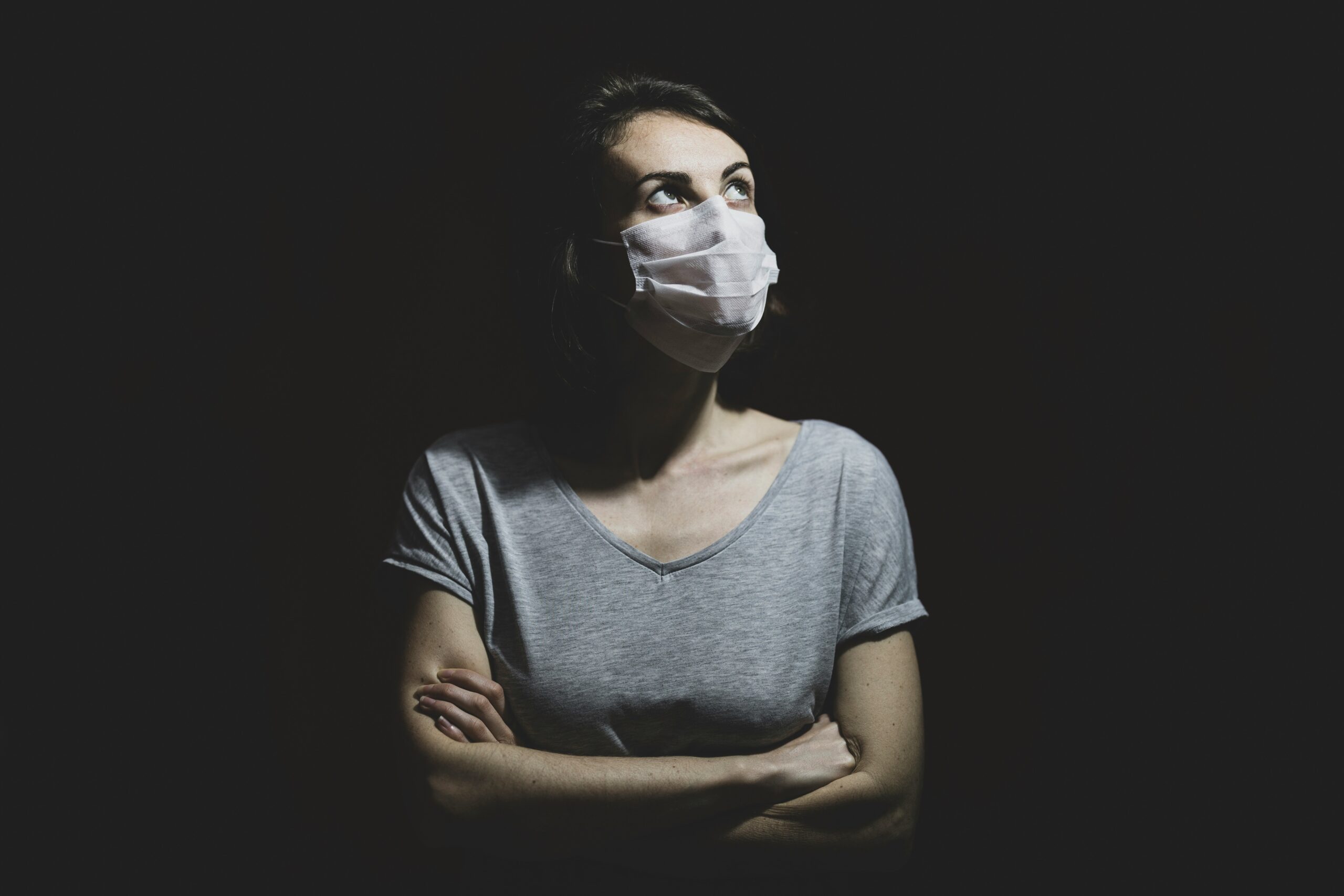Should You Run When You’re Sick? Here’s What Every Runner Needs to Know
By Andreas Wagner – Passionate Runner, Not a Medical Expert
We runners are a stubborn bunch. We lace up when it’s dark, when it’s raining, even when our legs are screaming from yesterday’s hill repeats. But what about when we’re sick? That scratchy throat, that stuffy nose – should it stop us from running?
This is one of the most common and complicated questions runners ask themselves. As someone who’s been running for years, I’ve been there many times. And while I’m not a doctor, I’ve learned to balance discipline with listening to my body. Let’s explore the question: should you run when you’re feeling under the weather?
The Classic “Neck Rule”
One of the most popular guidelines in the running community is the so-called “neck rule.” It’s simple, but surprisingly effective.
- Symptoms above the neck – like a runny nose, nasal congestion, or a mild sore throat – usually mean you’re okay to go for a light run.
- Symptoms below the neck – like chest congestion, fever, fatigue, or body aches – mean it’s time to rest.
In my own experience, this rule works well as a first filter. But let’s go deeper – because running with a cold isn’t just about where your symptoms are. It’s about how you feel overall, and what kind of running you’re planning to do.
When Running Might Actually Help
Here’s something most non-runners don’t realize: sometimes, going for a light jog while dealing with a mild cold can actually make you feel better. Sounds strange, right?
Let me explain. Moderate exercise increases circulation, opens up your airways, and triggers the release of endorphins – those feel-good chemicals. If your body is just fighting a slight cold, a short, easy run can clear your head (literally) and boost your mood.
But – and this is a big but – the key is to keep it light. That means:
- No intervals.
- No tempo runs.
- No long-distance efforts.
Think recovery run or gentle shakeout. If you start to feel worse during the run, or if your heart rate seems unusually high, stop immediately. That’s your body waving a red flag.
When to Skip the Run – No Questions Asked
There are some situations where running is just not a good idea. If you experience any of the following, take a rest day – or several.
1. Fever
Running with a fever puts extra strain on your body and can lead to serious complications, including heart inflammation. Even a slight fever is a sign your immune system is working hard. Don’t make it fight a second battle.
2. Chest Congestion
If your cough is deep, painful, or productive (meaning you’re coughing up mucus), don’t run. You need rest and hydration, not stress on your lungs.
3. Full-Body Fatigue
You know the kind – not just “I didn’t sleep well” tired, but that heavy, flu-like exhaustion. Your body is screaming for energy to fight the illness. Running would only delay your recovery.
4. Stomach Issues
If you’ve got nausea, vomiting, or diarrhea, stay home. Aside from the risk of dehydration, running with a churning stomach is never a good idea – for obvious reasons.
How to Decide – A Practical Checklist
Still not sure if you should run or rest? Here’s a simple checklist I use:
- Can I breathe easily through my nose?
- Do I have normal energy levels?
- Is my resting heart rate in its usual range?
- Do I feel mentally motivated to move?
If the answer is yes to most of these, I might head out – but I’ll still keep it short and easy. If the answer is no, I skip the run and focus on recovery.
Rest Is Not the Enemy – It’s Part of Training
This is something I’ve had to learn the hard way: skipping a run when you’re sick is not weakness. It’s smart training.
Fitness isn’t built in one run. But it can be lost – or set back significantly – if you push through illness and make yourself worse. Think long-term. One or two rest days won’t derail your goals. A week in bed because you ignored the signs might.
And here’s the secret: your fitness doesn’t disappear overnight. Studies show you maintain aerobic conditioning for several days, even with no training. You’re not starting from zero after a short break – far from it.
How to Return to Running After Being Sick
So you took some time off, and you’re starting to feel better. Great! But don’t jump straight back into full training. Here’s how I ease back into my routine:
Day 1: Walk or gentle jog – 15 to 20 minutes. Just see how your body feels.
Day 2: Short easy run – maybe 3 to 5 km, no pace goals.
Day 3: Rest again, or repeat Day 2.
Day 4 and beyond: Gradually increase time or intensity, but listen closely to any warning signs.
Don’t worry if your pace is slower or your breathing feels off. That’s normal. Your body is catching up – give it grace.
Hydration, Nutrition, and Sleep – Your Recovery Allies
When you’re sick (and after), these three pillars matter more than ever:
- Hydrate – Water, herbal teas, and electrolyte drinks help flush out your system.
- Eat smart – Focus on whole foods, vitamins, and enough calories to fuel healing.
- Sleep – Your immune system does most of its work while you rest. Give it the time it needs.
Final Thoughts – From One Runner to Another
As runners, we’re wired to push through discomfort. But sickness isn’t a hill to conquer or a wall to break. It’s your body asking for help.
Trust me, I’ve been there – frustrated, restless, worried about losing progress. But every time I chose rest over ego, I came back stronger and more grateful for every run that followed.
So next time you’re staring at your shoes with a sore throat or a stuffy head, ask yourself: Am I running to heal – or to prove something? Then make the smart choice.
Take care, and see you on the trails.
– Andreas Wagner






Leave a Reply